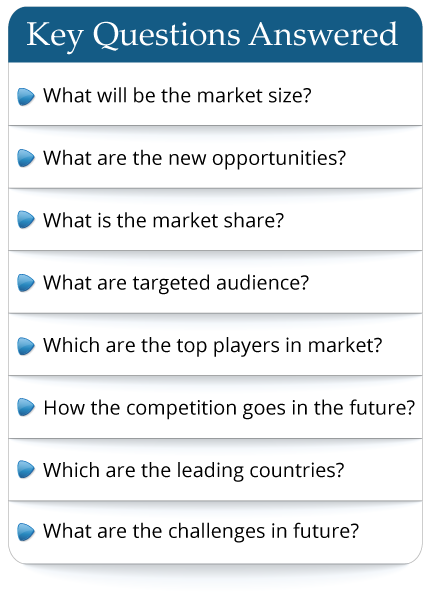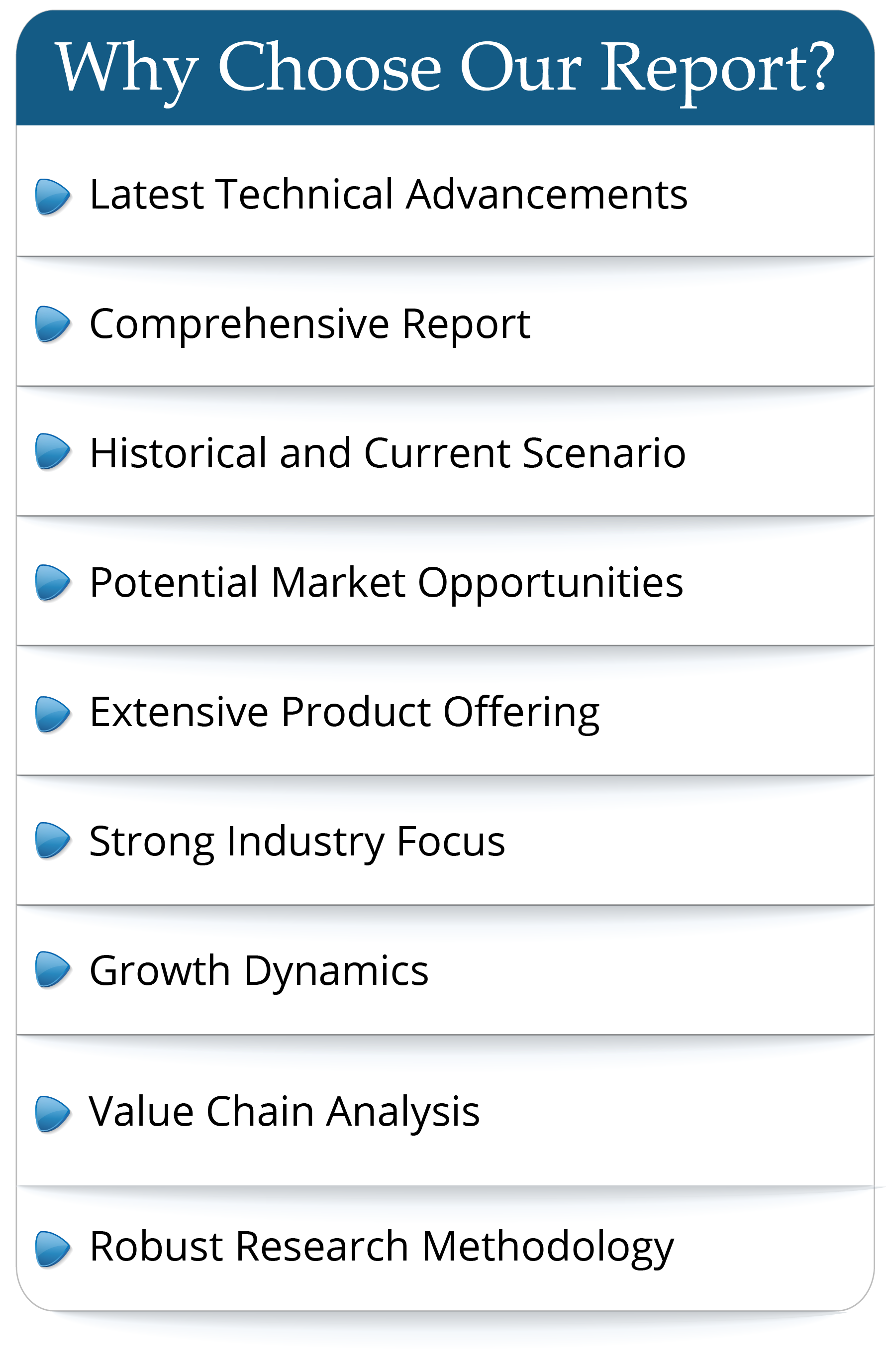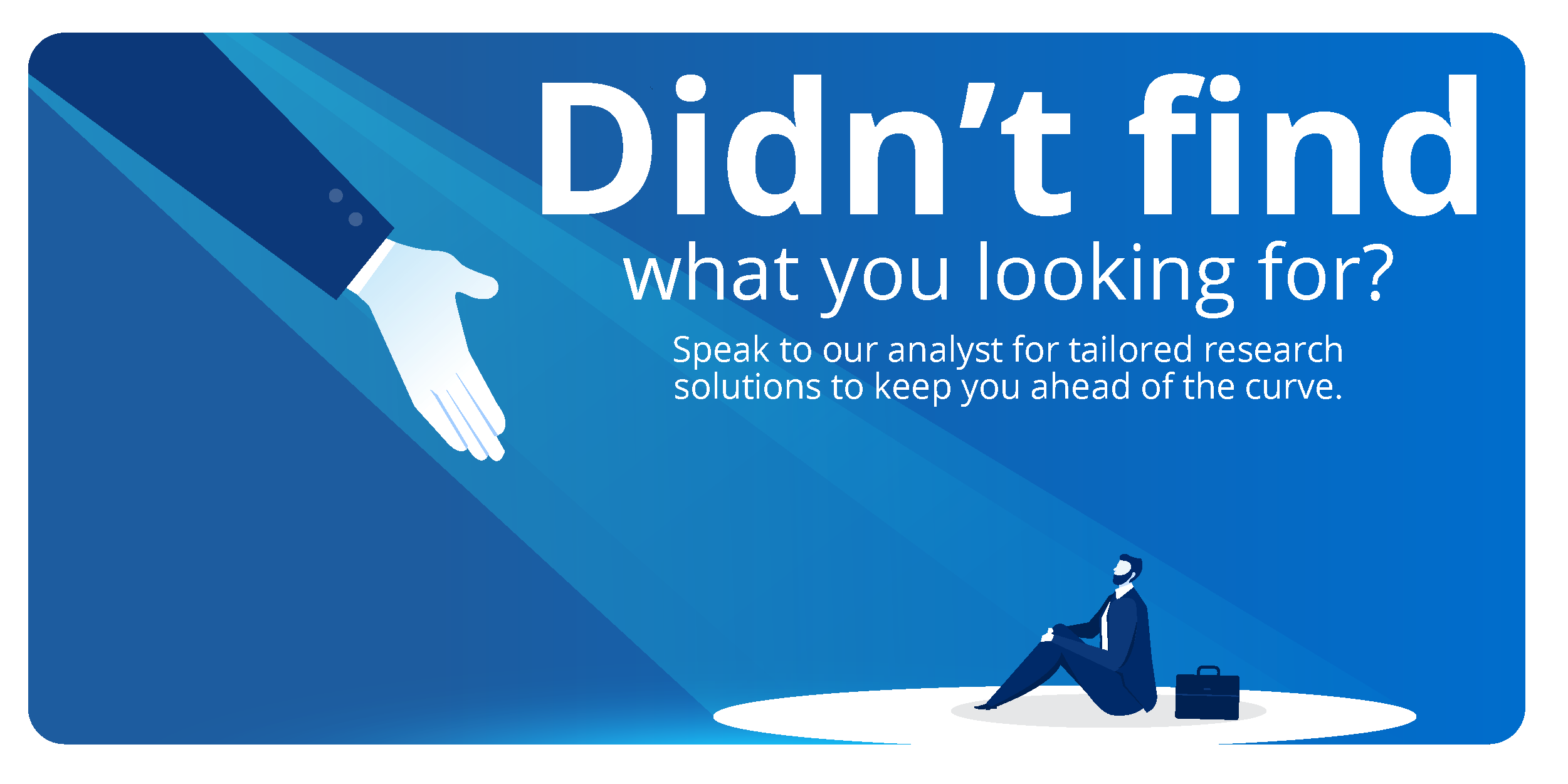According to our (Global Info Research) latest study, the global Lithium-ion Batteries for Marine market size was valued at USD million in 2023 and is forecast to a readjusted size of USD million by 2030 with a CAGR of % during review period.
A lithium-ion battery or Li-ion battery (abbreviated as LIB) is a type of rechargeable battery in which lithium ions move from the negative electrode to the positive electrode during discharge and back when charging. Li-ion batteries use an intercalated lithium compound as one electrode material, compared to the metallic lithium used in a non-rechargeable lithium battery. The electrolyte, which allows for ionic movement, and the two electrodes are the constituent components of a lithium-ion battery cell.
China's policy on lithium-ion batteries mainly focuses on lithium-ion batteries. In 2015, in order to strengthen the management of lithium-ion battery industry and improve the development level of the industry, China formulated the Standard of Lithium-ion Battery Industry. the global sales of new energy vehicles reached 10.8 million units in 2022, with a year-on-year increase of 61.6%. In 2022, China new energy vehicle sales reached 6.8 million units, and the global share increased to 63.6%. In Q4 2022, sales penetration rate of China's new energy vehicle reached 27%, while the global average penetration rate was only 15%. Europe penetration was 19%, and North America penetration rate was only 6%. Lithium batteries will fully benefit from the high growth of downstream demand. According to the Ministry of Industry and Information Technology, China's lithium-ion battery production reached 750 GWh in 2022, up more than 130 percent year on year. Among them, the output of lithium energy storage battery exceeded 100 GWh, and the total output value of the industry exceeded 1.2 trillion yuan. The industrial application of lithium battery was also growing rapidly. In 2022, the loading capacity of new energy vehicle power battery was about 295 GWh, and the new energy vehicle power battery was about 295 GWh. According to our research, in 2022, the overall global lithium-ion battery shipments were 957GWh, a year-on-year increase of 70%. Global vehicle power battery (EV LIB) shipments were 684GWh, a year-on-year increase of 84%; Energy storage battery (ESS LIB) shipments were 159.3GWh, a year-on-year increase of 140%.
The Global Info Research report includes an overview of the development of the Lithium-ion Batteries for Marine industry chain, the market status of Boats (Lithium Nickel Manganese Cobalt (LI-NMC), Lithium Iron Phosphate (LFP)), Yachts (Lithium Nickel Manganese Cobalt (LI-NMC), Lithium Iron Phosphate (LFP)), and key enterprises in developed and developing market, and analysed the cutting-edge technology, patent, hot applications and market trends of Lithium-ion Batteries for Marine.
Regionally, the report analyzes the Lithium-ion Batteries for Marine markets in key regions. North America and Europe are experiencing steady growth, driven by government initiatives and increasing consumer awareness. Asia-Pacific, particularly China, leads the global Lithium-ion Batteries for Marine market, with robust domestic demand, supportive policies, and a strong manufacturing base.
Key Features:
The report presents comprehensive understanding of the Lithium-ion Batteries for Marine market. It provides a holistic view of the industry, as well as detailed insights into individual components and stakeholders. The report analysis market dynamics, trends, challenges, and opportunities within the Lithium-ion Batteries for Marine industry.
The report involves analyzing the market at a macro level:
Market Sizing and Segmentation: Report collect data on the overall market size, including the sales quantity (K Units), revenue generated, and market share of different by Type (e.g., Lithium Nickel Manganese Cobalt (LI-NMC), Lithium Iron Phosphate (LFP)).
Industry Analysis: Report analyse the broader industry trends, such as government policies and regulations, technological advancements, consumer preferences, and market dynamics. This analysis helps in understanding the key drivers and challenges influencing the Lithium-ion Batteries for Marine market.
Regional Analysis: The report involves examining the Lithium-ion Batteries for Marine market at a regional or national level. Report analyses regional factors such as government incentives, infrastructure development, economic conditions, and consumer behaviour to identify variations and opportunities within different markets.
Market Projections: Report covers the gathered data and analysis to make future projections and forecasts for the Lithium-ion Batteries for Marine market. This may include estimating market growth rates, predicting market demand, and identifying emerging trends.
The report also involves a more granular approach to Lithium-ion Batteries for Marine:
Company Analysis: Report covers individual Lithium-ion Batteries for Marine manufacturers, suppliers, and other relevant industry players. This analysis includes studying their financial performance, market positioning, product portfolios, partnerships, and strategies.
Consumer Analysis: Report covers data on consumer behaviour, preferences, and attitudes towards Lithium-ion Batteries for Marine This may involve surveys, interviews, and analysis of consumer reviews and feedback from different by Application (Boats, Yachts).
Technology Analysis: Report covers specific technologies relevant to Lithium-ion Batteries for Marine. It assesses the current state, advancements, and potential future developments in Lithium-ion Batteries for Marine areas.
Market Validation: The report involves validating findings and projections through primary research, such as surveys, interviews, and focus groups.
Market Segmentation
Lithium-ion Batteries for Marine market is split by Type and by Application. For the period 2019-2030, the growth among segments provides accurate calculations and forecasts for consumption value by Type, and by Application in terms of volume and value.
Market segment by Type
Lithium Nickel Manganese Cobalt (LI-NMC)
Lithium Iron Phosphate (LFP)
Lithium Cobalt Oxide (LCO)
Lithium Titanate Oxide (LTO)
Lithium Manganese Oxide (LMO)
Lithium Nickel Cobalt Aluminium Oxide (NCA)
Market segment by Application
Boats
Yachts
Underwater Vehicles
BAK
BYD
LG Chem
Panasonic
Samsung
GS Yuasa
Hitachi
Johnson Controls
Toshiba
A123 Systems
Saft Batteries
Cell-Con
Amperex Technology
Boston-Power
Ecsem Industrial
Electrovaya
Market segment by region, regional analysis covers
North America (United States, Canada and Mexico)
Europe (Germany, France, United Kingdom, Russia, Italy, and Rest of Europe)
Asia-Pacific (China, Japan, Korea, India, Southeast Asia, and Australia)
South America (Brazil, Argentina, Colombia, and Rest of South America)
Middle East & Africa (Saudi Arabia, UAE, Egypt, South Africa, and Rest of Middle East & Africa)
Chapter 1, to describe Lithium-ion Batteries for Marine product scope, market overview, market estimation caveats and base year.
Chapter 2, to profile the top manufacturers of Lithium-ion Batteries for Marine, with price, sales, revenue and global market share of Lithium-ion Batteries for Marine from 2019 to 2024.
Chapter 3, the Lithium-ion Batteries for Marine competitive situation, sales quantity, revenue and global market share of top manufacturers are analyzed emphatically by landscape contrast.
Chapter 4, the Lithium-ion Batteries for Marine breakdown data are shown at the regional level, to show the sales quantity, consumption value and growth by regions, from 2019 to 2030.
Chapter 5 and 6, to segment the sales by Type and application, with sales market share and growth rate by type, application, from 2019 to 2030.
Chapter 7, 8, 9, 10 and 11, to break the sales data at the country level, with sales quantity, consumption value and market share for key countries in the world, from 2017 to 2023.and Lithium-ion Batteries for Marine market forecast, by regions, type and application, with sales and revenue, from 2025 to 2030.
Chapter 12, market dynamics, drivers, restraints, trends and Porters Five Forces analysis.
Chapter 13, the key raw materials and key suppliers, and industry chain of Lithium-ion Batteries for Marine.
Chapter 14 and 15, to describe Lithium-ion Batteries for Marine sales channel, distributors, customers, research findings and conclusion.
A lithium-ion battery or Li-ion battery (abbreviated as LIB) is a type of rechargeable battery in which lithium ions move from the negative electrode to the positive electrode during discharge and back when charging. Li-ion batteries use an intercalated lithium compound as one electrode material, compared to the metallic lithium used in a non-rechargeable lithium battery. The electrolyte, which allows for ionic movement, and the two electrodes are the constituent components of a lithium-ion battery cell.
China's policy on lithium-ion batteries mainly focuses on lithium-ion batteries. In 2015, in order to strengthen the management of lithium-ion battery industry and improve the development level of the industry, China formulated the Standard of Lithium-ion Battery Industry. the global sales of new energy vehicles reached 10.8 million units in 2022, with a year-on-year increase of 61.6%. In 2022, China new energy vehicle sales reached 6.8 million units, and the global share increased to 63.6%. In Q4 2022, sales penetration rate of China's new energy vehicle reached 27%, while the global average penetration rate was only 15%. Europe penetration was 19%, and North America penetration rate was only 6%. Lithium batteries will fully benefit from the high growth of downstream demand. According to the Ministry of Industry and Information Technology, China's lithium-ion battery production reached 750 GWh in 2022, up more than 130 percent year on year. Among them, the output of lithium energy storage battery exceeded 100 GWh, and the total output value of the industry exceeded 1.2 trillion yuan. The industrial application of lithium battery was also growing rapidly. In 2022, the loading capacity of new energy vehicle power battery was about 295 GWh, and the new energy vehicle power battery was about 295 GWh. According to our research, in 2022, the overall global lithium-ion battery shipments were 957GWh, a year-on-year increase of 70%. Global vehicle power battery (EV LIB) shipments were 684GWh, a year-on-year increase of 84%; Energy storage battery (ESS LIB) shipments were 159.3GWh, a year-on-year increase of 140%.
The Global Info Research report includes an overview of the development of the Lithium-ion Batteries for Marine industry chain, the market status of Boats (Lithium Nickel Manganese Cobalt (LI-NMC), Lithium Iron Phosphate (LFP)), Yachts (Lithium Nickel Manganese Cobalt (LI-NMC), Lithium Iron Phosphate (LFP)), and key enterprises in developed and developing market, and analysed the cutting-edge technology, patent, hot applications and market trends of Lithium-ion Batteries for Marine.
Regionally, the report analyzes the Lithium-ion Batteries for Marine markets in key regions. North America and Europe are experiencing steady growth, driven by government initiatives and increasing consumer awareness. Asia-Pacific, particularly China, leads the global Lithium-ion Batteries for Marine market, with robust domestic demand, supportive policies, and a strong manufacturing base.
Key Features:
The report presents comprehensive understanding of the Lithium-ion Batteries for Marine market. It provides a holistic view of the industry, as well as detailed insights into individual components and stakeholders. The report analysis market dynamics, trends, challenges, and opportunities within the Lithium-ion Batteries for Marine industry.
The report involves analyzing the market at a macro level:
Market Sizing and Segmentation: Report collect data on the overall market size, including the sales quantity (K Units), revenue generated, and market share of different by Type (e.g., Lithium Nickel Manganese Cobalt (LI-NMC), Lithium Iron Phosphate (LFP)).
Industry Analysis: Report analyse the broader industry trends, such as government policies and regulations, technological advancements, consumer preferences, and market dynamics. This analysis helps in understanding the key drivers and challenges influencing the Lithium-ion Batteries for Marine market.
Regional Analysis: The report involves examining the Lithium-ion Batteries for Marine market at a regional or national level. Report analyses regional factors such as government incentives, infrastructure development, economic conditions, and consumer behaviour to identify variations and opportunities within different markets.
Market Projections: Report covers the gathered data and analysis to make future projections and forecasts for the Lithium-ion Batteries for Marine market. This may include estimating market growth rates, predicting market demand, and identifying emerging trends.
The report also involves a more granular approach to Lithium-ion Batteries for Marine:
Company Analysis: Report covers individual Lithium-ion Batteries for Marine manufacturers, suppliers, and other relevant industry players. This analysis includes studying their financial performance, market positioning, product portfolios, partnerships, and strategies.
Consumer Analysis: Report covers data on consumer behaviour, preferences, and attitudes towards Lithium-ion Batteries for Marine This may involve surveys, interviews, and analysis of consumer reviews and feedback from different by Application (Boats, Yachts).
Technology Analysis: Report covers specific technologies relevant to Lithium-ion Batteries for Marine. It assesses the current state, advancements, and potential future developments in Lithium-ion Batteries for Marine areas.
Competitive Landscape
: By analyzing individual companies, suppliers, and consumers, the report present insights into the competitive landscape of the Lithium-ion Batteries for Marine market. This analysis helps understand market share, competitive advantages, and potential areas for differentiation among industry players.Market Validation: The report involves validating findings and projections through primary research, such as surveys, interviews, and focus groups.
Market Segmentation
Lithium-ion Batteries for Marine market is split by Type and by Application. For the period 2019-2030, the growth among segments provides accurate calculations and forecasts for consumption value by Type, and by Application in terms of volume and value.
Market segment by Type
Lithium Nickel Manganese Cobalt (LI-NMC)
Lithium Iron Phosphate (LFP)
Lithium Cobalt Oxide (LCO)
Lithium Titanate Oxide (LTO)
Lithium Manganese Oxide (LMO)
Lithium Nickel Cobalt Aluminium Oxide (NCA)
Market segment by Application
Boats
Yachts
Underwater Vehicles
Major players
coveredBAK
BYD
LG Chem
Panasonic
Samsung
GS Yuasa
Hitachi
Johnson Controls
Toshiba
A123 Systems
Saft Batteries
Cell-Con
Amperex Technology
Boston-Power
Ecsem Industrial
Electrovaya
Market segment by region, regional analysis covers
North America (United States, Canada and Mexico)
Europe (Germany, France, United Kingdom, Russia, Italy, and Rest of Europe)
Asia-Pacific (China, Japan, Korea, India, Southeast Asia, and Australia)
South America (Brazil, Argentina, Colombia, and Rest of South America)
Middle East & Africa (Saudi Arabia, UAE, Egypt, South Africa, and Rest of Middle East & Africa)
The content of the study subjects, includes a total of 15 chapters:
Chapter 1, to describe Lithium-ion Batteries for Marine product scope, market overview, market estimation caveats and base year.
Chapter 2, to profile the top manufacturers of Lithium-ion Batteries for Marine, with price, sales, revenue and global market share of Lithium-ion Batteries for Marine from 2019 to 2024.
Chapter 3, the Lithium-ion Batteries for Marine competitive situation, sales quantity, revenue and global market share of top manufacturers are analyzed emphatically by landscape contrast.
Chapter 4, the Lithium-ion Batteries for Marine breakdown data are shown at the regional level, to show the sales quantity, consumption value and growth by regions, from 2019 to 2030.
Chapter 5 and 6, to segment the sales by Type and application, with sales market share and growth rate by type, application, from 2019 to 2030.
Chapter 7, 8, 9, 10 and 11, to break the sales data at the country level, with sales quantity, consumption value and market share for key countries in the world, from 2017 to 2023.and Lithium-ion Batteries for Marine market forecast, by regions, type and application, with sales and revenue, from 2025 to 2030.
Chapter 12, market dynamics, drivers, restraints, trends and Porters Five Forces analysis.
Chapter 13, the key raw materials and key suppliers, and industry chain of Lithium-ion Batteries for Marine.
Chapter 14 and 15, to describe Lithium-ion Batteries for Marine sales channel, distributors, customers, research findings and conclusion.
Frequently Asked Questions
This market study covers the global and regional market with an in-depth analysis of the overall growth prospects in the market. Furthermore, it sheds light on the comprehensive competitive landscape of the global market. The report further offers a dashboard overview of leading companies encompassing their successful marketing strategies, market contribution, recent developments in both historic and present contexts.
- By product type
- By End User/Applications
- By Technology
- By Region
The report provides a detailed evaluation of the market by highlighting information on different aspects which include drivers, restraints, opportunities, and threats. This information can help stakeholders to make appropriate decisions before investing.

 Pre-order Enquiry
Pre-order Enquiry Request Free Sample
Request Free Sample












